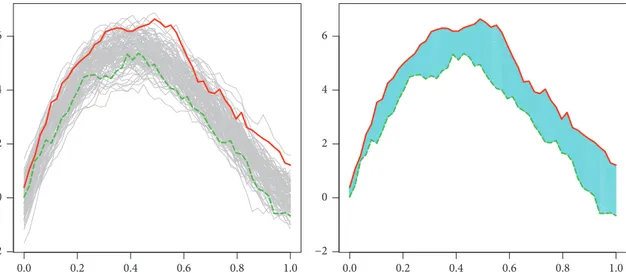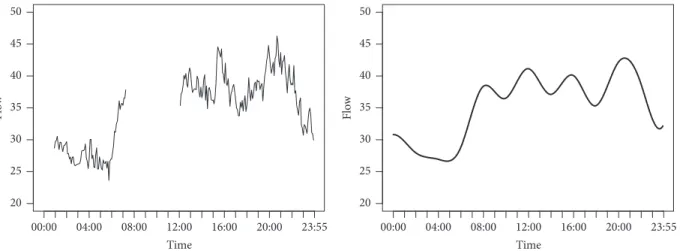Detection of Anomalies in Water Networks by Functional Data Analysis
Texto completo
Figure




Documento similar
In the “big picture” perspective of the recent years that we have described in Brazil, Spain, Portugal and Puerto Rico there are some similarities and important differences,
In our proposal we modeled the problem using a Markov decision process and then, the instance is optimized using linear programming.. Our goal is to analyze the sensitivity
Modern irrigation is transforming traditional water irrigation norms and therefore it is critical to understand how the access mechanisms to assets (natural, financial, social),
In a similar light to Chapter 1, Chapter 5 begins by highlighting the shortcomings of mainstream accounts concerning the origins and development of Catalan nationalism, and
As we mentioned in the introduction, it is classically known (see [3]) that at the basis of the analysis of the observability properties of the continuous
According to the data of the Department of Education of the Spanish Embassy in Beijing (see Figure 1.1) indicate that students from China became the largest group of
As for the semi-supervised experiments with the data labelled by the k-NN algorithm, analysis of the obtained results (see Figure 4.6) shows that the use of unlabelled data in
Even though the 1920s offered new employment opportunities in industries previously closed to women, often the women who took these jobs found themselves exploited.. No matter


